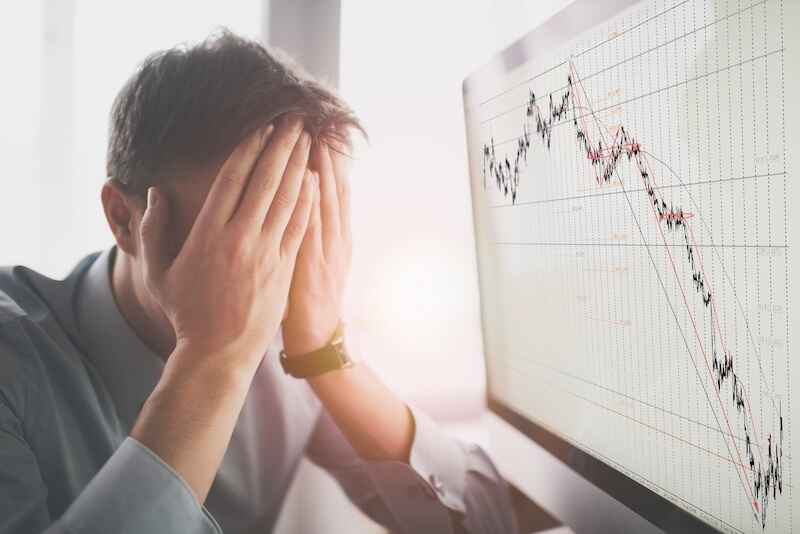A friend approached me the other day with an urgent question…
“Alex, as an investment analyst, can you explain how the country can be in such terrible shape and stocks are near record highs? It makes no sense to me. I think the market has lost its mind.”
I’ve heard various iterations of this question all year. And I’m happy to provide some perspective.
The stock market is a good gauge of our collective thinking.
Our thoughts about the future of economic growth, inflation, interest rates, corporate earnings, and much more are reflected there.
And so are fear, greed, hope, anxiety, optimism, and pessimism.
While the market is usually rational, it does lose its mind from time to time.
It certainly did with the euphoria of the dot-com bubble in the late ’90s and again with the housing bubble of 2006-2008… just as it did with depressive sentiment following 9/11, the financial crisis, and the initial outbreak of COVID-19.
At any given moment, of course, there are both positive and negative trends underway.
You already know the negative ones…
- Prices are 24% higher than when Joe Biden first took office.
- The southern border is a mess.
- Our institutes of higher learning indoctrinate rather than educate.
- Our national debt – at $34 trillion – is now larger than the U.S. economy.
- And it’s not exactly a good thing that the world dumps 37 billion tons of carbon into the atmosphere each year.
Why do people know the negative trends, but almost none of the positive ones? Three reasons.
One, human beings are hard-wired to continually be on the lookout for risks and dangers.
Two, the media know this – so the news is limited almost exclusively to risks and dangers.
And three, this is a political year. And the first rule of politics is to define the opposition.
Republicans – who would like to regain power – point out everything that is wrong with the country and why the Democrats are responsible.
Democrats – who would like to retain power – point out the terrible things Republicans will do – indeed the “existential risk” – if they win in November.
It reminds me of the Woody Allen quote, “More than any other time in history, mankind faces a crossroads. One path leads to despair and utter hopelessness. The other, to total extinction. Let us pray we have the wisdom to choose correctly.”
I can provide an antidote to this way of thinking – and explain the market’s remarkable run – with a few basic facts.
The U.S. is the world’s fastest-growing major economy. Unemployment is near a 50-year low. Household income and wealth are at record highs. The inflation rate continues to fall. The U.S. dollar is up. Consumer spending continues to amaze. And so do corporate earnings.
Yet a Harris poll conducted a few weeks ago for the Guardian found that 49% of Americans believe that unemployment is at a 50-year high, 72% think inflation is increasing, and 56% think the U.S. is in recession.
The same poll found that 49% believe the S&P 500 is down for the year.
(It’s a safe bet that this 49% does not consist primarily of equity investors.)
The smart money recognizes that in addition to the many negatives that always exist, positive things are happening too.
And it’s these folks – who collectively manage trillions – who have pushed the stock market higher.
Why are so many Americans ill-informed?
I blame the national media – which polls show that most of us don’t trust – for much of the problem.
If journalists spent more time trying to convey a nuanced view of the world – one that balances short-term negatives against longer-term positives – and less time trying to be sensational (to generate web hits, likes, and shares), we might hold a better perspective on the state of the world.
Understanding both the upside and the downside is crucial for businesspeople and investors.
After all, why risk your hard-earned capital in the stock market – or start or expand your business – if the world truly is going to hell in a handbasket?
Yes, it’s important to see the negative trends that exist. But it’s equally important to note the positive ones.
That means not just thinking about what might go wrong… but also imagining what may go right.
Credit: Source link








![Just released: our 3 best dividend-focused stocks to buy before August [PREMIUM PICKS]](https://www.fool.co.uk/wp-content/uploads/2024/06/Cornwall-walks-1200x800.jpg)





